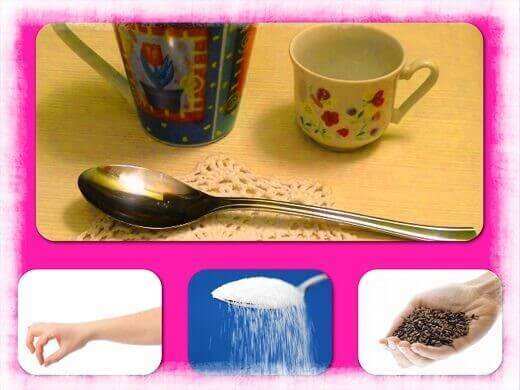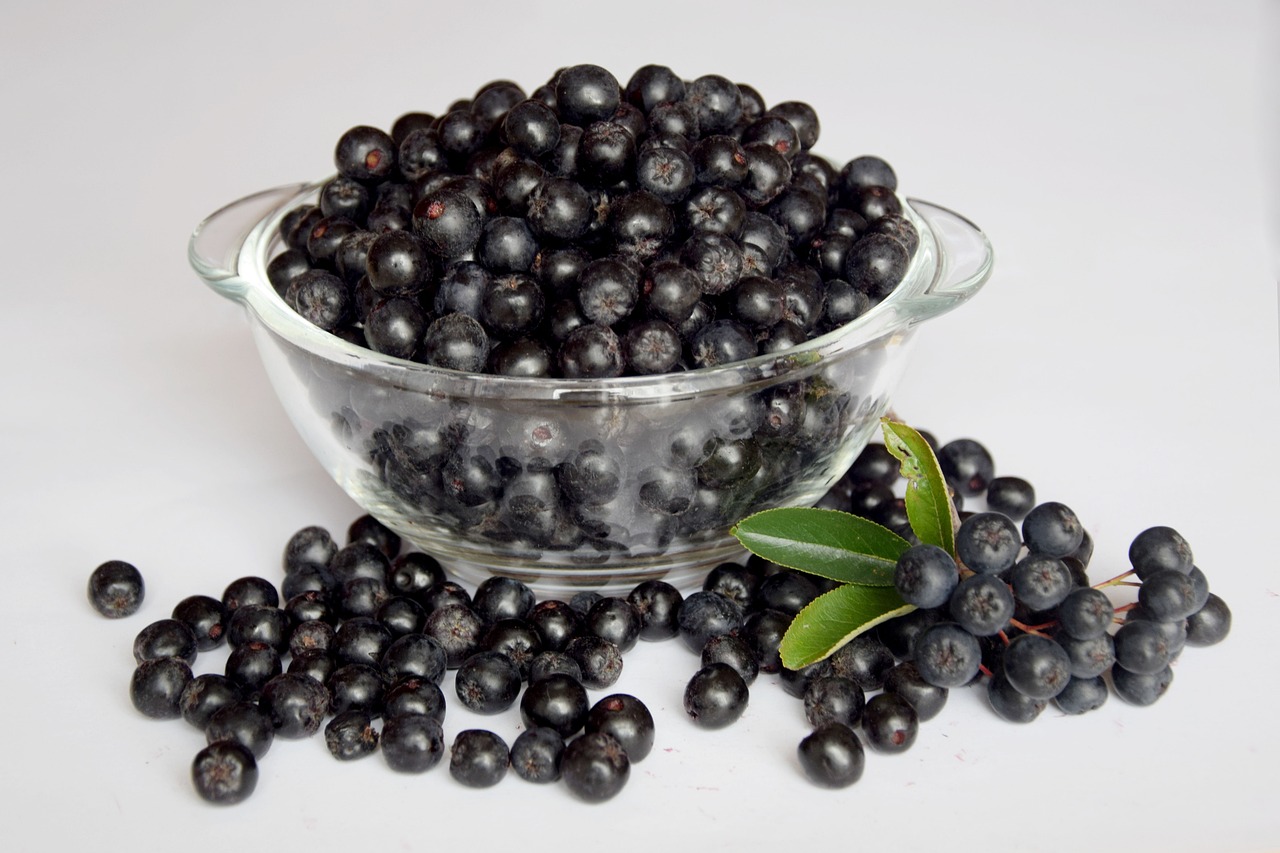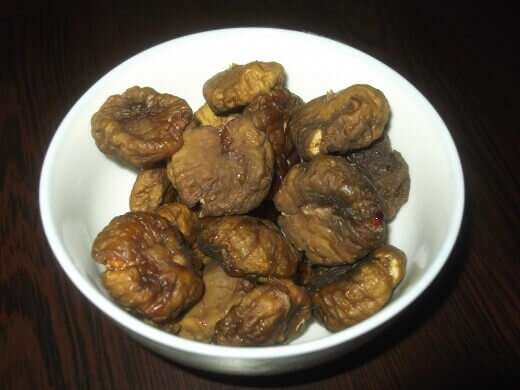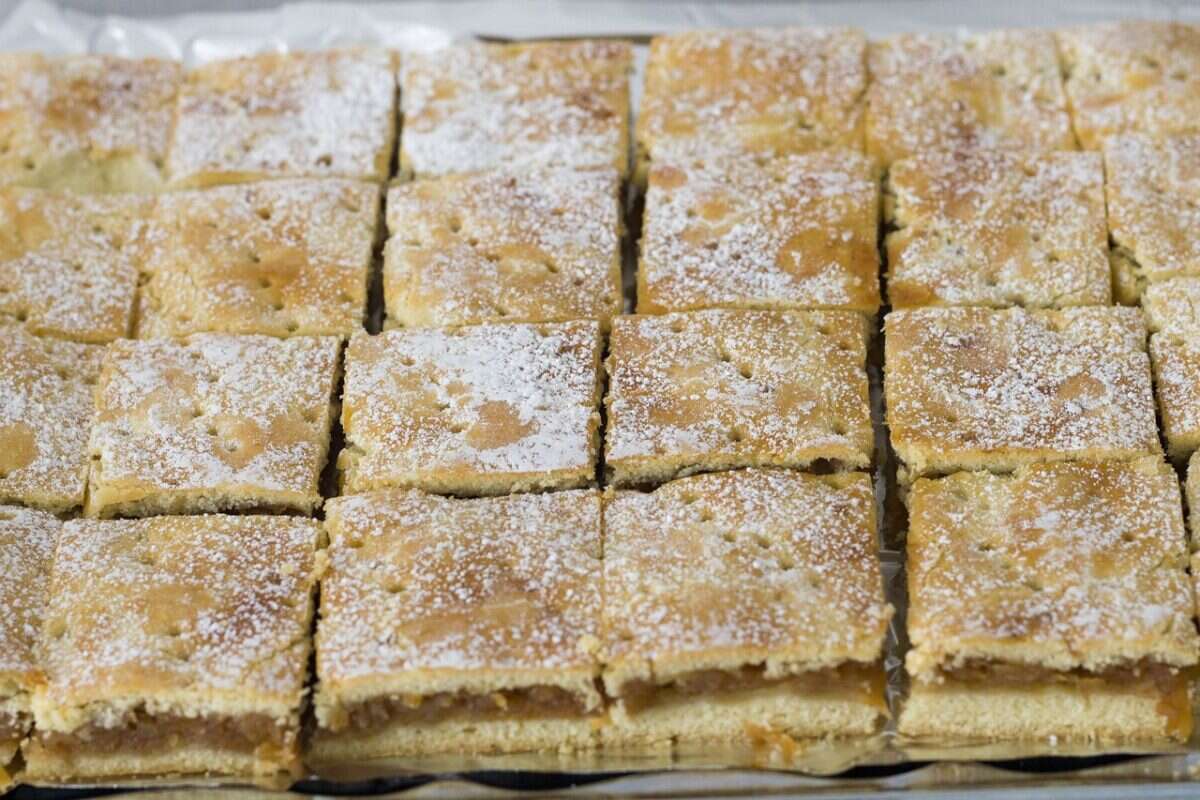Measuring without a scale, a useful tip from an old cookbook
Measurement without scales - I've always had a problem with how to accurately weigh an amount of anything specified in recipes if I don't have a small home scale or a digital one. And all those different measures according to different recipes can be confusing.
I found this in one of my grandmother's old cookbooks, so maybe it will help you too, it certainly did for me many times.
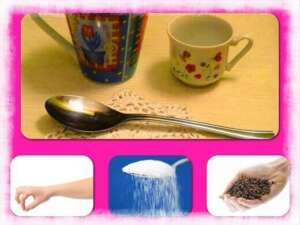
In recipes, the most common measurements for solid foods are grams, dekagrams, sometimes kilograms, while centigrams are rarely used, while deciliters, liters, and less often centiliters or milliliters are used for liquids.
Older housewives like our grandmothers, however, often use measures - a spoon, a glass/cup, a pinch, a handle, the tip of a knife.
So here are the approximate measurements:
1 spoon
It means that you grab the solid food with a spoon and flatten it with a knife (now there can be different problems, because today's cutlery industry pays less and less attention to functionality and more and more to design, but we will assume that the measure ONE SPOON, a classic spoon used to eat soup and other liquid/soup dishes)
And that very spoon filled like that "measures" approximately:
- 10 g of flour
- 10 g prezli (bread crumbs)
- 20 g of granulated sugar
- 15 g of powdered sugar
- 12 g semolina
- 10 g of oatmeal
- 15 g of raw rice
- 12 g of salt
- 15 g of butter
- 25 g of margarine
- 15 g of finely grated hard cheese
- 15 g grated chocolate
- 10 g of cocoa powder
- 10 g of ground walnuts, hazelnuts, almonds
- 20 g of small raisins
- 15 g of solid (unmelted) fat
- 10 g of melted fat
- 14 gr of oil
1 glass/cup.
And there can be a lot of variation here, so I suggest that you always take a glass of liquid yogurt or some other product as a measure that measures 2 dcl of that product when filled to the bottom edge - or find a glass/cup that is marked 1 dcl, 2 dcl or 5 dcl.
Here's how many grams of solid food it contains ONE GLASS/MUG of 2 dcl:
- 95 g of flour
- 160 g of granulated sugar
- 120 g of powdered sugar
- 120 g of raw rice
- 120 g of grated cheese
Famous FINGER GRIP it means that it is the amount of some crushed food, most often used for spices, salt or pepper, which you grasp between your thumb and forefinger.
HANDRAIL it means that it is the amount of some chopped food that you grab in your fist (and it means approximately 4 spoons).
ON THE TIP OF THE KNIFE it means that it is the amount of some chopped food that usually fits on the tip of a straight knife (and it is approximately 2-3 pinches).
There are probably more variations on the measurement theme in recipes, but I hope this makes measuring without a scale at least a little easier.
Read more:
If you are interested in all of ours recipeand, click on the link: RECIPES. Collections of the best recipesof our associates can be found in the cook section, if you want to read more, click on the link:COOK. If you want to see our front page, click on the link: RECIPES AND COOK ONLINE homepage. If you want to see all the texts from the Tips category, click on the link: TIPS.
Don't miss a single one recipe - Recipes and cookbook online on Facebook. Stay tuned, follow the Recipes and Cookbook twitter notifications!
